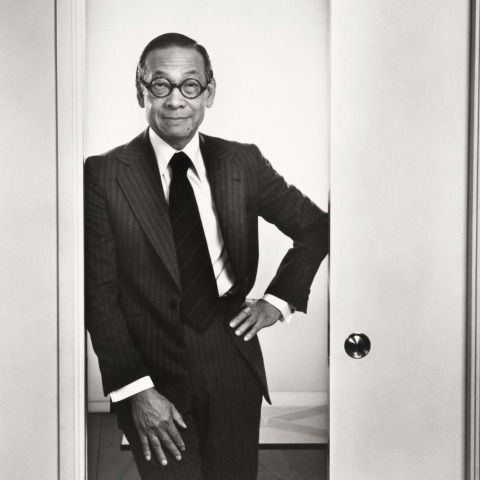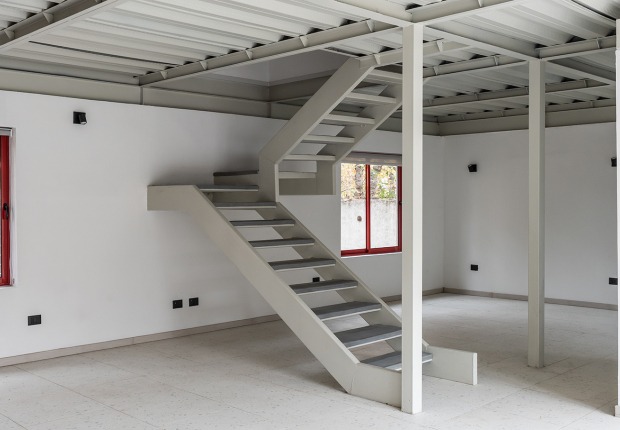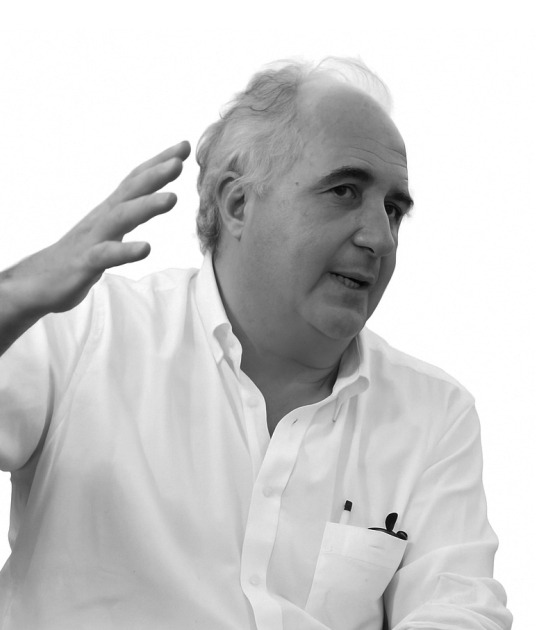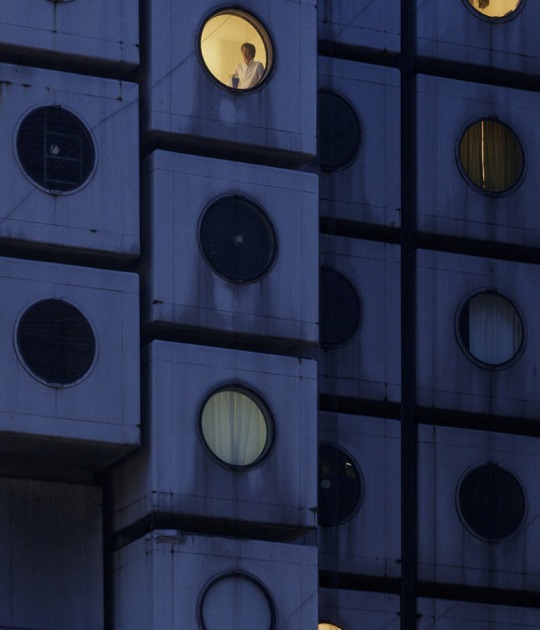Best known for designing the East Building of the National Gallery of Art in Washington. Pei’s buildings range from office towers to art museums to civic structures, and his distinct style evolved over time.
From, awesome projects as the Bank of China Tower in Hong Kong, completed in 1990, to his controversial addition to the Louvre, completed in 1989 which was greeted with hostility as a Modernist affront when it was first proposed as the main entrance to Paris’ Musée du Louvre, this 22-meter-high glass and stainless steel pyramid designed by I.M. Pei, FAIA, now rivals the Eiffel Tower as one of France’s most recognizable architectural icons.
I.M. Pei born in Guangzhou (China) in 1917, son of a prominent banker, was one of the few architects who were equally attractive to real estate developers, corporate chieftains and art museum boards, Mr Pei is considered one of the great masters of architecture.
He formed his own studio, I.M. Pei & Associates, in 1955. His first projects were mainly for William Zeckendorf, feared real estate developer responsible for much of the urban landscape of New York, for whom he began working to big scale in 1948, shortly after graduating from Harvard.
Design of museums, social housing, auditoriums, office towers, administrative buildings, hospitals and airports (JFK of New York). In 1964, he was chosen by Jacqueline Kennedy to design the John F. Kennedy Library in Boston.
Pei, who was born in China and moved to the United States in the 1930s and ended up signing his most surprising assignment for an icon of something as genuinely American as rock and roll. His building at the Rock and Roll Hall of Fame and Museum in Cleveland, designed what amounted to a large glass tent in 1995. Abstract expressionism was one of his passions, from which he collected numerous pieces. Its last museum was the Islamic Art of Doha (Qatar), which ended in 2008.
From, awesome projects as the Bank of China Tower in Hong Kong, completed in 1990, to his controversial addition to the Louvre, completed in 1989 which was greeted with hostility as a Modernist affront when it was first proposed as the main entrance to Paris’ Musée du Louvre, this 22-meter-high glass and stainless steel pyramid designed by I.M. Pei, FAIA, now rivals the Eiffel Tower as one of France’s most recognizable architectural icons.
I.M. Pei born in Guangzhou (China) in 1917, son of a prominent banker, was one of the few architects who were equally attractive to real estate developers, corporate chieftains and art museum boards, Mr Pei is considered one of the great masters of architecture.
He formed his own studio, I.M. Pei & Associates, in 1955. His first projects were mainly for William Zeckendorf, feared real estate developer responsible for much of the urban landscape of New York, for whom he began working to big scale in 1948, shortly after graduating from Harvard.
Design of museums, social housing, auditoriums, office towers, administrative buildings, hospitals and airports (JFK of New York). In 1964, he was chosen by Jacqueline Kennedy to design the John F. Kennedy Library in Boston.
Pei, who was born in China and moved to the United States in the 1930s and ended up signing his most surprising assignment for an icon of something as genuinely American as rock and roll. His building at the Rock and Roll Hall of Fame and Museum in Cleveland, designed what amounted to a large glass tent in 1995. Abstract expressionism was one of his passions, from which he collected numerous pieces. Its last museum was the Islamic Art of Doha (Qatar), which ended in 2008.
When Mr. Pei was invited to design the East Building of the National Gallery of Art, he had the opportunity to demonstrate his belief that modernism was capable of producing buildings with the gravitas, the sense of permanence and the popular appeal of the greatest traditional structures. When the building opened in 1978, Ada Louise Huxtable, the senior architecture critic of The New York Times, hailed it as the most important building of the era, and she called Mr. Pei, at least by implication, the pre-eminent architect of the time.
Paul Goldberger





































